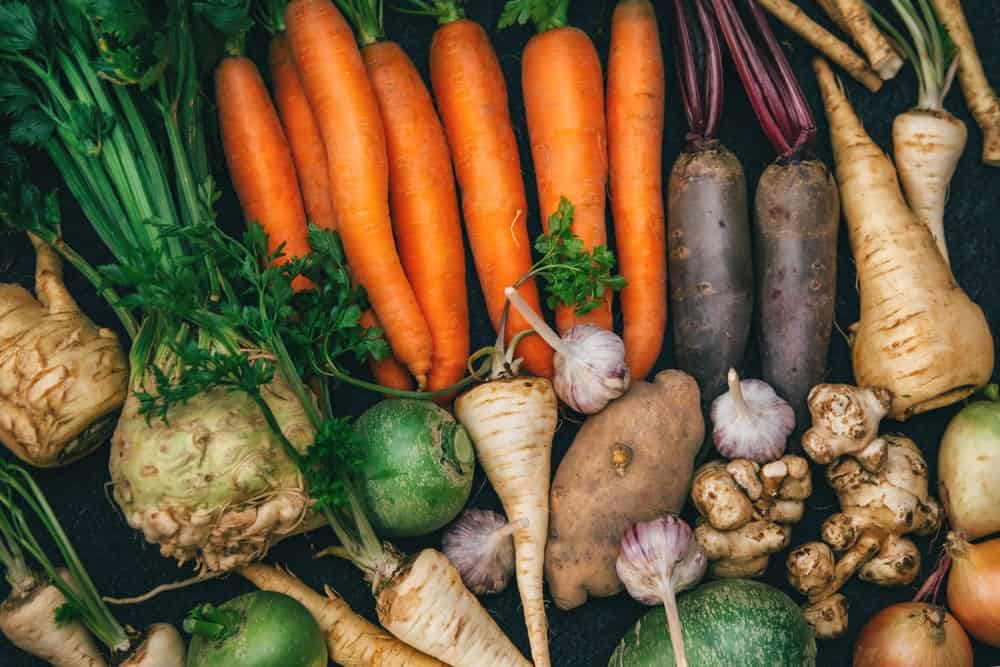|

Don’t skimp on bed preparation, Loosen the soil, picking out rocks, says Dan, then firm the bed before sowing so that you’ll get good seed-to-soil contact.
Moisten the seedbed before sowing, then “provide low volume but frequent, even moisture through germination,” says Dan. “One big trick that a lot of people don’t think about is making sure you pre-irrigate your beds.” Some gardeners then cover the pre-moistened, sown row with row-cover fabric or even a piece of burlap or grass clippings to keep the moisture in while awaiting seedling emergence.
Beets should not be grown near pole beans or field mustard, but a few good companions for beets are: Onions & Radishes
Carrots/Beets/Turnips/Radishes will thrive in the partially shady spot where sun loving vegetables won't.
Spacing root vegetables is very important.
the closer the roots are together, the more slowly they will develop to a harvestable size, you want to space the vegetables two to four inches apart
|
